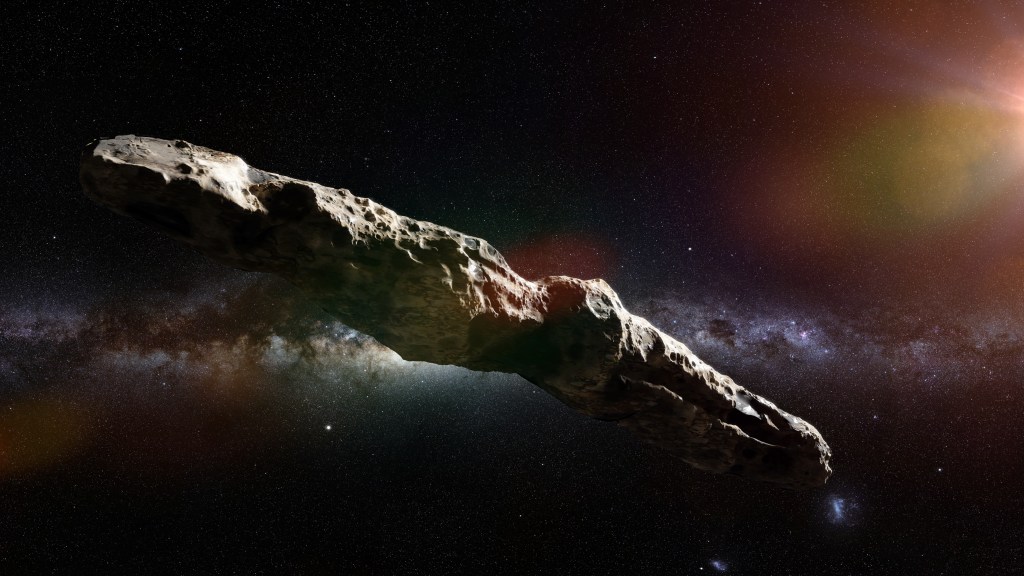Thwaites Glacier, a vast icy structure on the coast of West Antarctica, is ominously nicknamed the “Doomsday” glacier because it contains enough water to raise global sea levels by several feet, a change that would cause unpredictable and deleterious effects around the world.
That’s why it’s so concerning to learn that the glacier is “really holding on today by its fingernails,” in the words of Rob Larter, a marine geophysicist at the British Antarctic Survey and the co-author of a new study in Nature Geoscience that raises new alarms about its rapid retreat.
Videos by VICE
“We should expect to see big changes over small timescales in the future—even from one year to the next—once the glacier retreats beyond a shallow ridge in its bed,” said Larter in a press release about the study.
Larter and his colleagues came to this frightening conclusion after extensively mapping the seafloor in front of the glacier, which is bigger than Florida, using a robotic vehicle. The results revealed a pattern of ground “rib” formations buried about half a mile beneath the ocean, each of which was etched out by interactions of the ice and ocean.
Using this geological record, the team was able to identify a period sometime in the past 200 years when Thwaites Glacier lost touch with a ridge in the seabed that was stabilizing it, causing it to recede twice as fast as the rate revealed by modern satellite observations. During these periods, the icy landscape retreated at a rate of more than 2.1 kilometers per year (1.3 miles) per year.
“Our results suggest that pulses of very rapid retreat have occurred at Thwaites Glacier in the last two centuries, and possibly as recently as the mid-20th Century,” said marine geophysicist Alastair Graham, a marine geophysicist at the University of South Florida who led the new study, in a statement. “Just a small kick to Thwaites could lead to a big response.”
While it’s unclear if this key glacier will collapse, and how that transformation would affect the global oceans, the new study adds to a worrying body of evidence that points to weakened glaciers and ice sheets in Antarctica.
The link between glacial retreat and human-driven climate change in this region is more complicated than in some other areas, such as the Arctic, which is warming four times as fast as the rest of the world as a result of human activities. However, Antarctic ice loss could have major implications for the world, regardless of the intricate human and natural forces that fuel it.
“Ice loss from West Antarctica’s second largest marine ice stream, Thwaites Glacier, is currently a major uncertainty for future sea-level projection,” the researchers said in the study.
“Our results suggest that sustained pulses of rapid retreat have occurred at Thwaites Glacier in the past two centuries,” they concluded. “Similar rapid retreat pulses are likely to occur in the near future when the grounding zone migrates back off stabilizing high points on the seafloor.”




